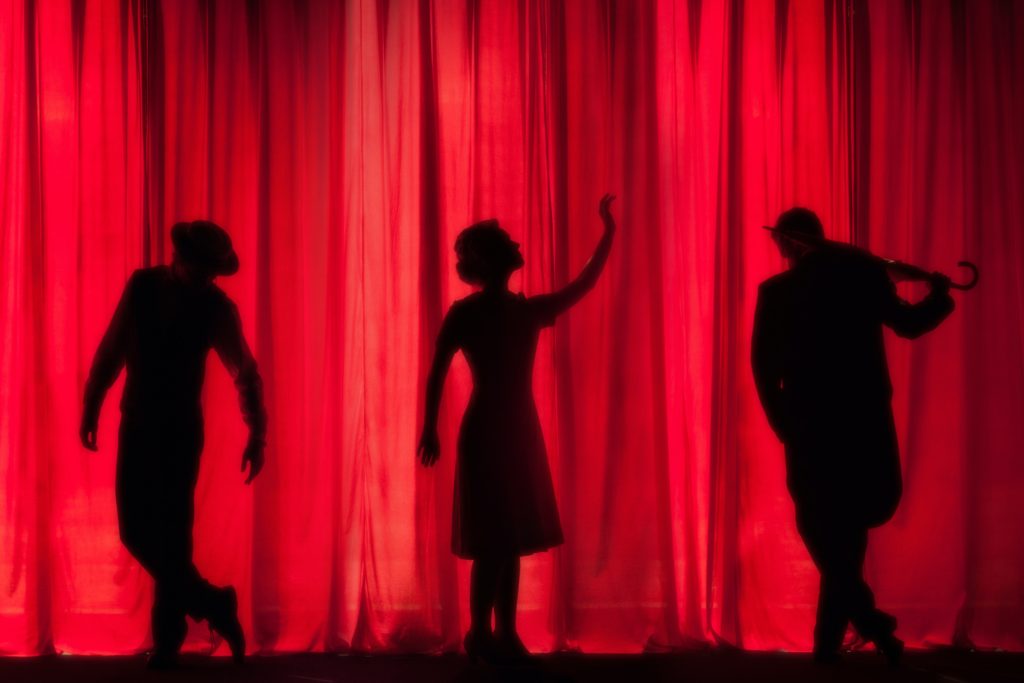Show and Tell
by Albert Leo
For this week’s Essay Narwhals, I’m writing about how to show and tell.
Let’s try that again, but by showing.
With several YouTube tabs open, and the next episode of Friends queued up on Netflix, I glance back at a sea of white on my screen. Though I’m comfortably planted in my ergonomic chair designed for productivity, my Word document brandishes a blinking cursor, mocking me to start the blog entry about how to show and tell.
You’ve probably heard of the writing adage, “Show, don’t tell.” As you can see in the first sentence, telling can rob readers the experience of guiding them through your story. You miss out on tone, the physicality, action, and atmosphere if you tell.
Telling can be useful, especially during outlining. Just get the basic action down of what happened. However, when you start drafting, you want to fill in the details so that readers can live in your specific world in the brief moments while reading your essay. Showing allows us to connect more deeply with your story and empathize.
Here are some tips on how to show through your writing:
- Use sensory details. Visual imagery in particular can allow a reader to imagine a space that you’re filling with your essence and action.
- Find specific nouns that DO specific actions. Don’t tell us that you play tennis, say how you gripped the racket and felt the vibrations of the ball in an overhand serve.
- Avoid explaining your feelings. Concentrate on what led up to those feelings and how you reacted to it. If you’re happy from a joke, tell us the actual joke and how you held back a snicker during a meeting.
Let’s take a look at this sentence for example:
I learned so much about other cultures at the library.
Telling gives the bare bone facts. You understand what’s going on, but you don’t feel anything particularly exciting about the reader.
Now let’s try this with more showing:
Even as an Indian American, I was never shunned away by the patrons as I absorbed the red infused hallways of the library during Chinese New Year’s. My fingers fumbled to fold disfigured polygons that were meant to be paper lanterns and then played Go with the Chinese elders.
With all this being said, you don’t necessarily want to show in your whole essay. This kind of writing can take up a lot of room. The best times to utilize showing is usually at the beginning of your story when you are setting up your world. Once you’ve anchored your reader, you have the freedom to be more economical as well as explain the significance of your experiences.
Sometimes explaining your emotions must be done through telling, especially if they can reflect your thought processes in a unique and intelligent manner. If watching Disney princesses when growing up made you reject the damsel in distress trope to be more active in your own life, that probably requires a little bit of explanation and telling. These moments are especially useful in conclusions to wrap up and emphasize your values.
So, remember to show AND tell when you need to.
Imagine you’re a Narwhal, swimming to a wondrous cove and wanting to recount it. Use your memories, slow down, take your surroundings in. Describe the creatures you’ve seen, the currents that you were riding against. By showing, it’ll be as if the reader is diving along with you.


